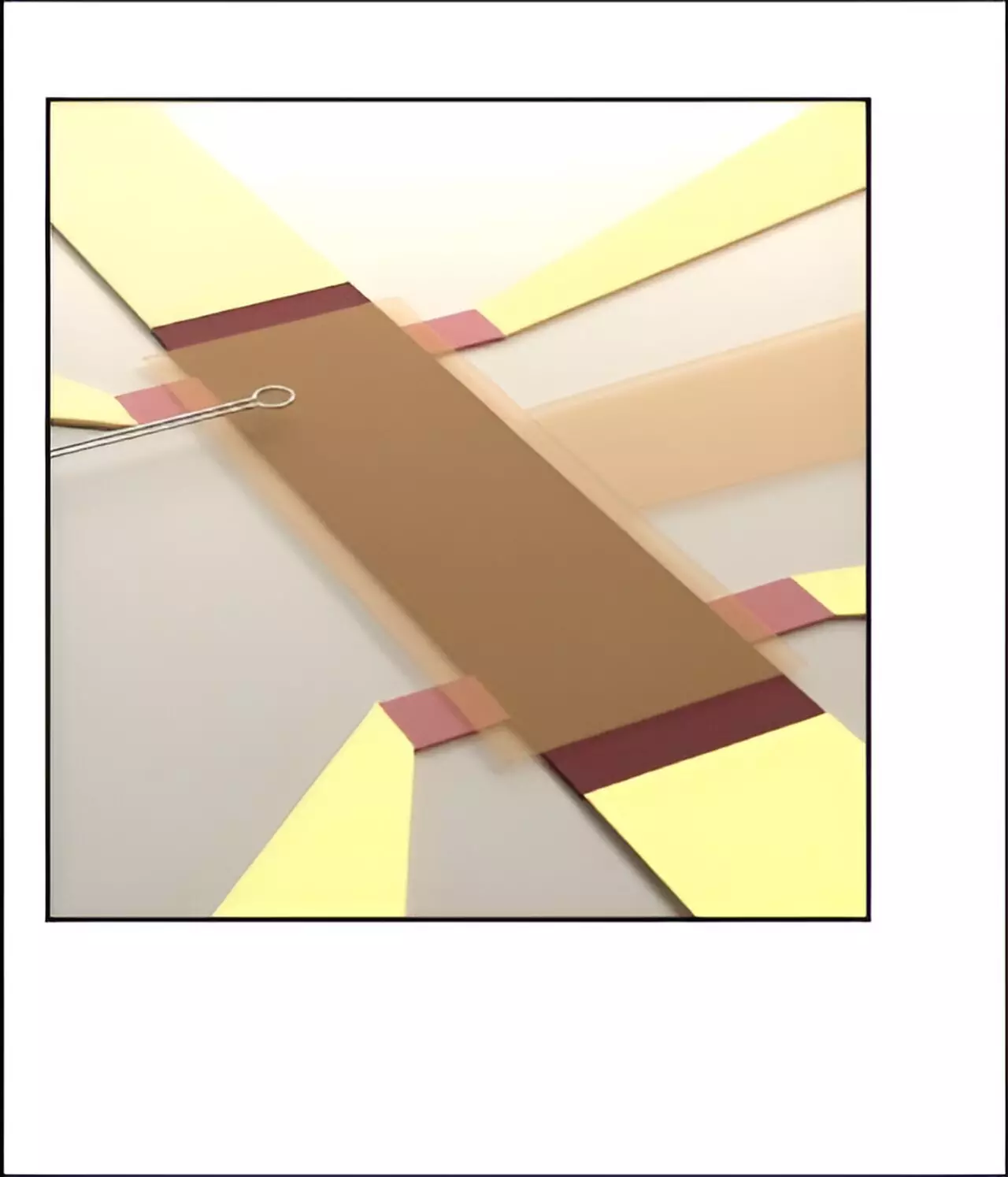At the forefront of modern physics lies the intriguing concept of topological protection, a principle that bestows stability upon certain physical phenomena, shielding them against disruptions from external perturbations. While this protection serves as a safeguard for exotic states of matter, it also imposes a restrictive layer known as topological censorship. This phenomenon essentially obscures the intricate microscopic details that could otherwise enhance our understanding and manipulation of these unique states. The latest research by Douçot, Kovrizhin, and Moessner, published in the *Proceedings of the National Academy of Sciences*, indicates a potential breakthrough in exploring this hidden realm, exposing phenomena previously deemed inaccessible.
Much like the event horizon of a black hole, which conceals the rich complexity inside from outside observers, topological protection blinds researchers to local properties inherent in topologically ordered systems. This means that, instead of diving into the fascinating subtleties of these microscopic states, scientists find themselves limited to examining global characteristics or universal properties, such as quantized resistance. While these macroscopic observations are profound, they come at a cost—valuable information about the local interactions and behaviors remain shrouded in mystery, stalling advancements in fundamental understanding and applications.
The excitement surrounding topological states intensified following the 2016 Nobel Prize awarded to David J. Thouless, F. Duncan M. Haldane, and J. Michael Kosterlitz, who unveiled the theoretical foundations of topological phase transitions. Their contributions illuminated how, at extremely low temperatures, atoms and electrons could organize into unconventional states distinct from traditional matter forms. Their ideas became particularly significant in the context of quantum computing; the possibility of utilizing topological protection to safeguard quantum information against errors spurred a flurry of theoretical and experimental designs, bringing us closer to the realization of practical quantum computers.
Yet, as new experiments have begun to challenge the prevailing understanding of these states, the fragile balance of topological protection and censorship appears to be shifting. Notably, recent investigations conducted by teams at Stanford and Cornell have revealed unexpected current distributions in Chern insulators—materials exhibiting quantum Hall effects independent of magnetic fields—contradicting long-held beliefs that current would strictly flow along sample edges. This departure from conventional wisdom raises fundamental questions about our understanding of topological states and calls for a deeper exploration of their properties.
The pivotal work of Douçot, Kovrizhin, and Moessner sheds light on this emerging phenomenon, proposing a theoretical framework that not only elucidates the experimental findings but also introduces the concept of a meandering edge state capable of carrying topologically quantized current throughout the bulk of the material. Through their exploration, these researchers have effectively peeled back the layers of topological censorship, suggesting the presence of robust channels of conduction that are not confined merely to the material’s periphery.
The journey of validation for Chern insulators has been long and arduous, with their initial prediction occurring in 1988. It wasn’t until their experimental realization in 2009 that their true nature began to be explored. With advancements in local probing techniques, recent experiments have made strides in mapping current distributions within these exotic materials, challenging existing paradigms that had long described them as edge-dominated systems.
The findings by Katja Nowack and her team indeed underscore a vital turning point; their ability to detect electron currents flowing through the bulk of the sample introduces a paradigm shift in understanding how current behaves in systems where topological protection is at play. Such observations not only confront the canonical model of transport but also provide critical data necessary for the theoretical work to gain concrete footing.
The implications of Douçot, Kovrizhin, and Moessner’s exploration extend beyond the mere understanding of Chern insulators; they beckon researchers to reconsider the ramifications of topological protection and censorship. As these scientists navigate the complexities of current distributions and the mechanisms that allow for their bulk transport, a new horizon looms for the field of topological states of matter. Their pioneering work lays the groundwork for future investigations, not just in Chern insulators but in all topologically protected materials, urging the scientific community to continuously challenge the boundaries of established knowledge.
Ultimately, as the veil of topological censorship begins to lift, the potential for unlocking novel applications and enhancing our understanding of the universe’s fabric becomes ever more tangible. What lies ahead remains to be seen; however, one thing is certain—the exciting era of topological physics has just begun its next chapter.


Leave a Reply